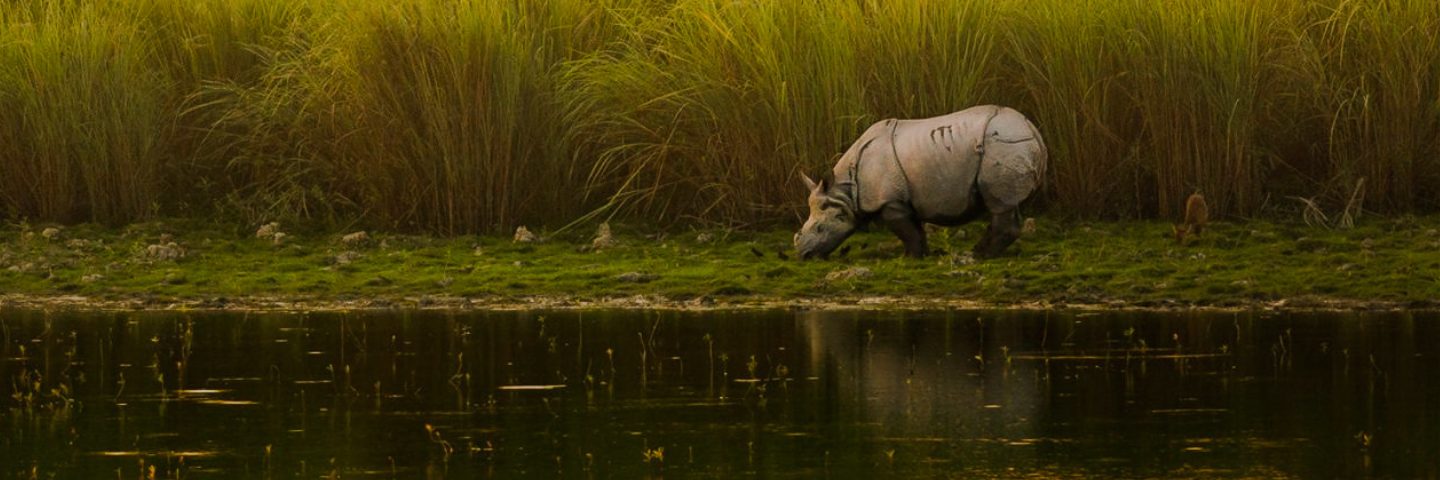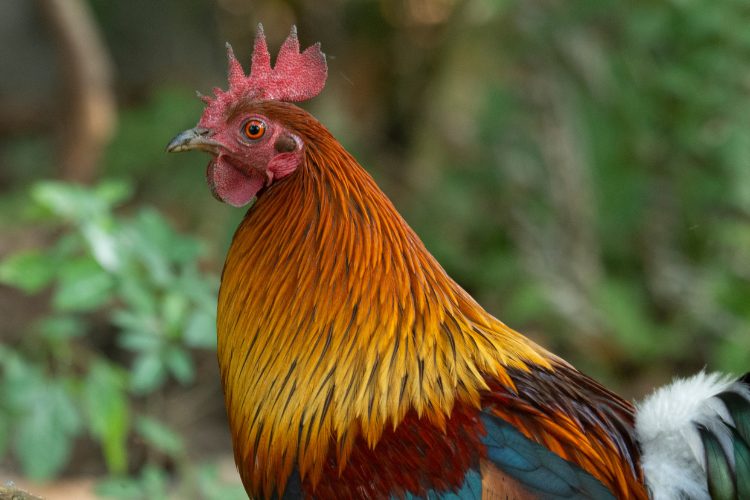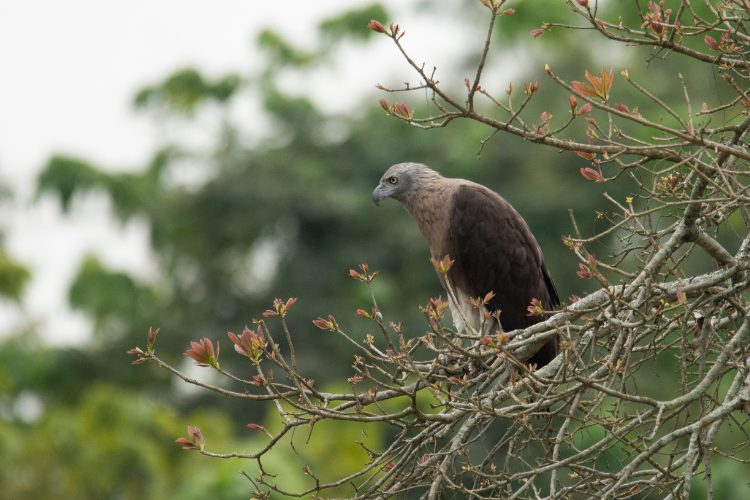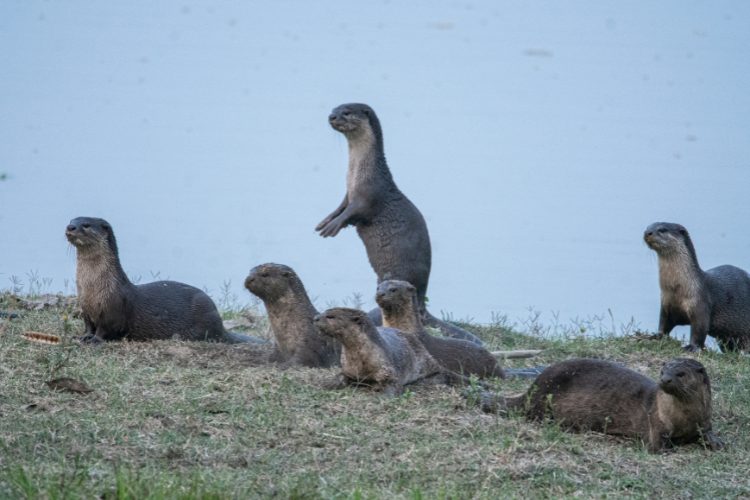Manas National Park, also known as Manas Wildlife Sanctuary or Manas Tiger Reserve, is the jewel of western Assam. Huddled along the foothills of the Himalayas, this forest is full of rejuvenating energy, panoramic views, meandering rivers and spectacular wildlife. The park serves as a beautiful corridor for the elephants migrating from India and Bhutan and also hosts more than twenty endangered species from around the world. Owing to its status as UNESCO World Heritage Site, one can only imagine the extent of beauty locked inside these lands.
From the jovial River Manas that manoeuvres through the forest to the Pygmy Hog that is not found anywhere else in the world, Manas will make for a wonderful trip.
Good To Know
Country
India
Country
State
India
Assam
Country
Nearest Airport
India
Guwahati Airport
Country
Wildlife Sighting Index
India
2/10 for Tiger sighting
Country
Beauty of Forest Index
India
9/10 Beauty of Forest
Country
Standard of Infrastructure Index
India
7/10 Stay & amenities
Country
Bookings Open
India
60 Days in Advance
Country
Consider Securing
India
30 Days in Advance
Flora of Manas Tiger Reserve
The floral diversity of Manas is one of the richest in the whole world. From the monsoon forests that lie in the valleys of evergreen forests to the combination of the Sub-Himalayan Terai region and even the tropical broadleaf forests. The forests are covered with some unique and extensive trees and shrubs. Alluvial semi-evergreen forests, savannah woodland, alluvial grasslands and moist and dry deciduous forests are all a part of this vivid landscape. More than 500 species of plantations grow on Manas’ fertile lands and colour its horizon emerald.
- Anthocephalus Chinensis
- Aphanamixis Polystachya
- Syzygium Formosum
- Syzygium Cumini
- Cinnamomum Tamala
- Bauhinia Purpurea
- Mallotus Philippensis
- Syzygium Oblatum
- Actinodaphne Obovata
- Bombax Ceiba
- Sterculia Villosa
- Trewia Polycarpa
- Dillenia Indica
- Dillenia Pentagyna
- Lagerstroemia Parviflora
- Careya Arborea
- Terminalia Chebula
- Lagerstroemia Speciosa
- Terminalia Bellirica
- Gmelina Arborea
- Bridelia SPP
- Oroxylum Indicum
Fauna of Manas Tiger Reserve
The sanctuary is also known for one of the finest wildlife experiences worldwide. Considering its extraordinary richness of vegetation, it’s only expected that a similar remarkable number of mammals breed on its grounds. 55 mammals, 380 birds, 50 reptiles, and 3 amphibians with at least 30 threatened species preserved in this park. Indian elephants, rhinoceros, gaurs, buffaloes, tigers, leopards, dholes, golden jackals, and Bengal foxes and the list is endless. The exhaustive assortment of animal species in this destination has made it a hub of wildlife activity. Especially since endangered species like Assam roofed turtle, Hispid hare, golden langur and Pygmy Hog are found nowhere else in the world. Manas is also low-key a bird haven with its striking collection of 450 birds and the biggest population of Bengal floricans.
- great hornbills
- jungle fowls
- bulbuls
- brahminy ducks
- kalij pheasants
- egrets
- pelicans
- fishing eagles
- crested serpent-eagles
- falcons
- scarlet minivets
- bee-eaters
- magpie robins
- pied hornbills
- grey hornbills
- mergansers
- harriers
- Indian peafowl
- ospreys
- four-horned antelope
- barking deers
- hog deers
- black panthers
- sambar deers
- chitals
- sloth bears
- nilgai
- herons
- Indian elephants
- Indian rhinoceros
- gaurs
- wild water buffaloes
- barasingha
- Indian tigers
- Indian leopards
- clouded leopards
- Asian golden cats
- jungle cat
- leopard cat
- fishing cat
- marbled cat
- Indian wolf
- dholes
- golden jackal
- Bengal fox
- capped langurs
- golden langurs
- Assamese macaques
- rhesus macaque
- gray langur
- slow loris
- oolock gibbons
- smooth-coated otters
For Package Details & Enquiry
Explore The Known and Unknown of Manas Tiger Reserve
The park’s floral and wildlife activity is at its peak from October to April, the best month to plan your journey. During these months, the weather is not too hot and the greenery stretches all over the grasslands. Once inside the esteemed wildlife sanctuary, you can explore its boundaries by enjoying an exciting Jeep Safari. A Jeep ride will speed you through the various trajectories of the forest, show you the woods’ secrets along with helping you spot leopards, tigers, barasinghas and a lot more. Elephant safaris will take you on a secret journey into parts of the park that Jeeps aren’t allowed in.
Enjoy a different perspective of the forest around you while you get comfortable on the giant animal’s back. River rafting in the cool waters of the Manas river is also a compelling experience for visitors. As you zoom through the river, you can witness the thick forests and the exuberant birdlife all around you. Moreover, the water bodies like lakes, springs, and rivers are perfect picnic spots for you and your family or friends.
Enjoy a nature walk or cycle ride through the mystic forest and have a great time exploring the myriad of bird species that will decorate your way! Guwahati Tea Auction Centre, one of the busiest tea trading facilities in the world, and a monastery of Vashnaivite reformers are a few other points of interest you can explore while in Assam. The village Iife around the area is also as peculiar and interesting as the forest it’s located in. Nearby local villages like Bodo have unique sessions of dance and music.
Manas Tiger Reserve Safari Booking
Jeep Safari Timings:
Morning: 09:00 am to 12:00 pm
Evening: 02:00 pm to 05:00 pm
Elephant Safari Timings:
Timings: 6:00 to 7:00 pm
How to reach Manas Tiger Reserve
Manas is a well established park with great connectivity to the outside world. The nearest airport is Guwahati, at a distance of 180 km. Regular flights from big cities like Mumbai, Jaipur, Bangalore and New Delhi arrive daily. From the airport, you can hail a taxi or cab to reach the sanctuary. For those travelling by train, Guwuhati railway station is again, the best and only option well connected to other major cities.
From Guwahati, you will be expected to take a train to Barpeta which is at a distance of 22 km from the park. Moreover, Barpeta itself is a great place to explore! For those who enjoy a good four-wheel drive, Manas is around 175 km away from Guwahati. INH 27 merges the Barpeta Road to Bansbari, the entry point to Manas National Park.
Resorts at Manas Tiger Reserve
Manas has a fair variety of comfortable lodges and relaxing guest houses. The accommodations are perfect for travellers, with great hospitality and scrumptious food options. Moreover, the lodges usually arrange safari trips and other exciting activities inside the park for their guests! Birini Cottage is one such resort, with spacious rooms right next to pleasant views of the neighbouring tea estate along with planned safari trips, river rafting and open-air theatre. Florican Cottage is another Assamese thatched style local resort offering experiences like bird-watching treks, Jungle rides and village and cultural experiences.









